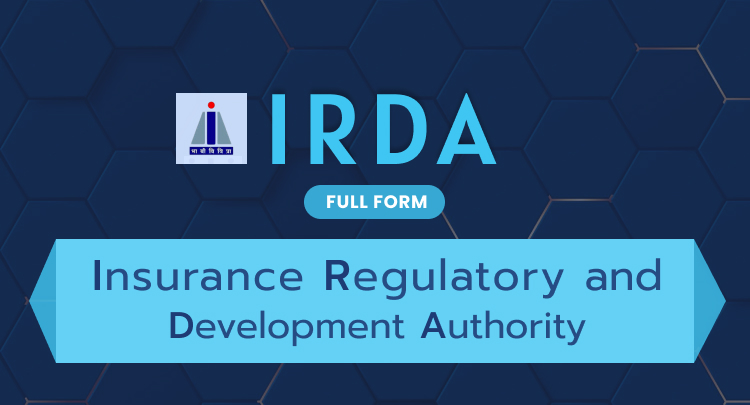Regardless of the amount obtained or lost, capital gains or losses must be disclosed when filing an income tax return. So, what exactly is capital gain, and how does one report capital gains on an ITR? In this post, we’ll discover out.The earnings made from the selling of capital assets are referred to as capital gains. There are two kinds of capital gains: short-term and long-term. Long-term capital assets are retained for at least 36 months, and short-term assets are held for a shorter length of time.
Capital gains occur when you sell a capital asset for a higher price than you paid for it. Capital assets are investment products such as mutual funds, stocks, or real estate products such as land, houses, and so on.
Capital gain refers to an increase in the value of these investment goods when they are sold. Similarly, capital loss is utilised when the asset’s value falls below its acquisition price. A realised capital gain occurs when an asset is sold for a higher price than it was originally purchased for.
Ways to calculate capital gains:-
- Capital gains tax on short-term profit
The following formula is used for short-term capital gains:
Short-term capital gain = (cost of purchase + cost of improvement + cost of transfer) – full value consideration
- Taxation of long-term capital gains
The following formula is used to calculate long-term capital gains:
Long term capital gain = full value of consideration received/acquired – (indexed cost of acquisition + indexed cost of improvement + cost of transfer), where indexed cost of acquisition = cost of acquisition x cost inflation index of transfer/cost inflation index of acquisition.Indexed cost of improvement = cost of improvement x cost inflation index of transfer year / cost inflation index of improvement year
- The capital gains tax rate
The rate at which capital gains in ITR form are computed may differ from year to year. Individuals are taxed at a rate of 20.6 percent on long-term capital gains. There are no deductions available under capital gains tax. It should be emphasised that the short-term capital gains tax is levied based on the tax bracket into which an individual falls.
- Gains on the sale of immovable property
Gains from the sale of immovable property within two years after acquisition are termed short term capital gains, whereas gains beyond two years are considered long term capital gains. Long-term capital gains are taxed at a rate of 20% with indexation, whilst short-term capital gains are taxed at the slab rate.
Gold and bonds, as well as jewellery and bullion, are subject to capital gains tax regardless of how they were obtained—self-purchased, gifted, or inherited. If it is sold within three years of the acquisition date, the gains are considered short term capital gains; otherwise, the gains are considered long term capital gains.
Short-term capital gains from the sale of gold are taxed at the slab rate, whereas long-term capital gains are taxed at 20% plus indexation. Gains from the transfer of shares and equity-oriented mutual funds within one year of acquisition are considered short-term capital gains, whereas gains beyond one year are considered long-term capital gains.
- Capital Gains Disclosure on ITR Form: Tax Exemptions
The government provides a number of exemptions that can be claimed on capital earnings generated. The list of exclusions that can be claimed with regard to capital asset gains is detailed below.
According to Section 54 of the IT Act[1,] a person is eligible to a tax exemption on profit made if the entire profit amount is utilised to acquire a property. The seller may buy a new house within two years after the sale of his old property, or he may build a new house within three years of the sale.
Section 54 EC exempts an individual from paying taxes if the whole capital gain is invested in bonds issued by the NHAI (National Highway Authority of India) or Rural Electrification Corporation. There is a limit to exemption under Section 54 EC.
Capital gains will not be taxed on the sale of property if the entire amount is invested in the formation of a small or medium-sized enterprise. To qualify for tax breaks, manufacturing tools and machinery must be bought within six months of the sale.
Capital losses can be used to balance the tax effect on capital gains in the computation of tax, although only long-term capital losses can be set off against LTG. Short-term capital losses can be offset against short-term and long-term capital profits.
Read More: sebi depository participant registration advantage









